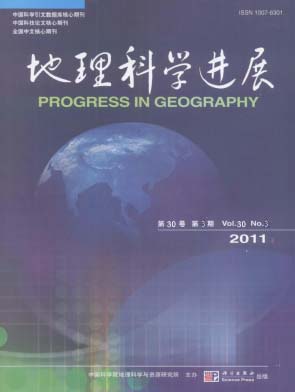Original Articles
LI Renjie, LU Zi
The virtual expression for theme park, using the virtual reality (VR) technology, has achieved not only for achieving a high degree of realism for every element of the landscape in appearance texture, but also for showing landscape construction, landscape evolution and the man-land relationship and describing the geo-spatial pattern. The latter is paid less attention by researchers. Designing the landscape model based on semantic features in Virtual Geographic Environments (VGE) is a good idea to achieve the two-level modeling, and a case of a water and soil conservation technology park, located in the Yanqing County, Beijing, China, is selected to demonstrate the idea. The water and soil conservation technology park is a special form of theme park, which is designed for the experiments of water and soil conservation technology, popular science education of protection of ecological environment, and leisure and recreation activities. But the park's functions are greatly restricted by the park's area, location and ecological capacity. So it cannot satisfy the multi functional needs for the education of ecological environment protection, technology demonstration and ecotourism development. The authors design a classification system of themes and virtual objects in the water and soil conservation technology park, and build a layer of details (LOD) model for describing the theme park in the computer virtual environment based on semantic context of the ecological landscape. The LOD model can show the features and landscapes of the theme park at different view scales such as the whole view, middle scale view, and some special partial views, even a special feature view in the virtual environment. The LOD model can also construct the virtual environment based on different themes and functions or design a special sight-seeing route by the describing of different scale LOD models and other landscape features together. This case study is done in the ArcGIS 9.2 and the Skyline software platform. The ArcGIS9.2 is used to build the Digital Elevation Model (DEM) of the Park. And the Skyline is a good software for VGE modeling, which is selected to locate the 3D models and express the special semantic contexts. The experiment proves that LOD models based on semantic context of the ecological landscape are better than the traditional LOD models which focus on the details of a single feature in various scale views, and can easily express the multiple functions of scientific research, technology demonstration, popular science education, and leisure and recreation. The virtual expression model can also link easily to various user terminals, especially the Internet, and solve the problems in field trips, such as the restriction of the space, limited ecological and environmental capacity and the low assessibility because of the trip distance. LOD model based on semantic context is an important supplement for theme park developing and a good case of VGE in the tourism researches, especially in the ecotourism researches.
